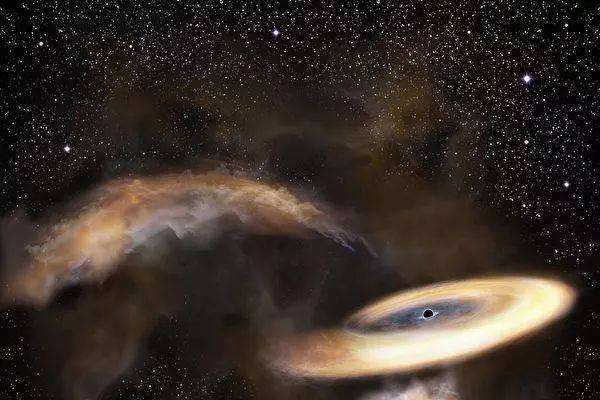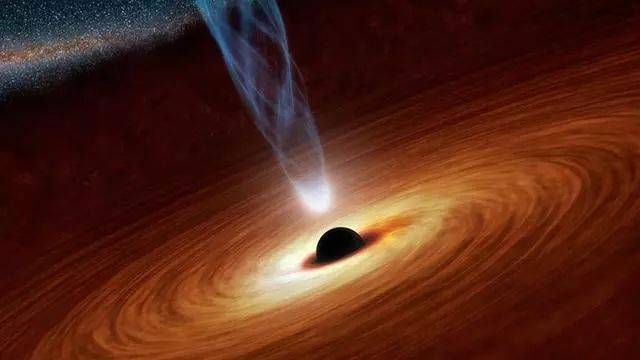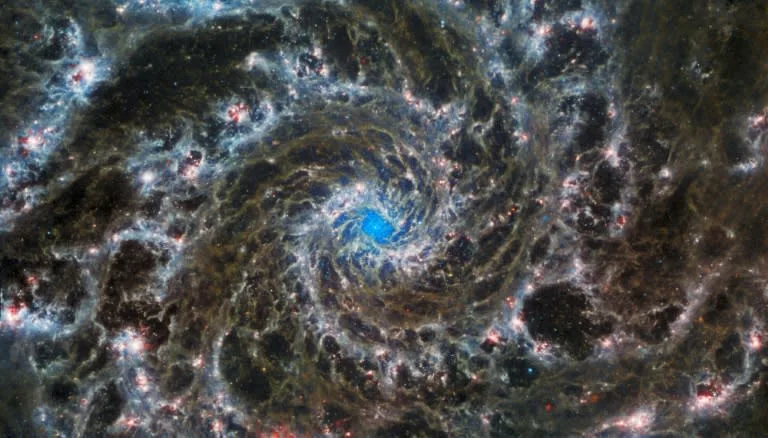The black hole is located in a supergiant elliptical galaxy named Holmberg 15A. It is an elliptical galaxy with a huge appearance. This galaxy belongs to Abell 85, a galaxy group containing hundreds of galaxies.
“This is the largest black hole ever detected directly and dynamically in the nearby universe,” said researchers at the Max Planck Institute for Extraterrestrial Physics and the University Observatory Munich. Not only is it one of the largest known black holes in the entire universe, it is also 4 to 9 times more massive than predicted based on the mass of the galaxy’s core stars.”
The scientists noted that the supermassive black hole is twice the size of two other similarly gigantic black holes.

“This observation is remarkable. It found a very large black hole of 40 billion solar masses. Such a massive mass makes this black hole the largest black hole in our nearby universe, and one of the largest ever discovered.” University College London Andrew Coates, a professor at University College London, said.
Most galaxies have supermassive black holes at their centers, such as Sagittarius A* at the center of the Milky Way, which is about 4 million times the mass of the sun. This newly discovered black hole is the largest in the universe near the earth, perhaps second only to the currently number one quasar TON 618. The supermassive black hole inside the latter is 66 billion times the mass of the sun. Ton 618 is 10.4 billion light from the earth. year.
Generally speaking, there are two ways to estimate the mass of a supermassive black hole. First, by analyzing the motion of the stars around the supermassive black hole, combined with the general theory of relativity to calculate; second, it is inferred based on the luminosity of the radiation emitted by the supermassive black hole when it devours matter.

In the new study, the astronomers took the first approach described above. They used the Multi-Unit Spectroscopic Explorer (MUSE) on the Very Large Telescope (VLT) to conduct high-resolution wide-field spectroscopic observations of the distant galaxy Holmberg 15A to analyze its stellar motion.
Scientists don’t yet know the origin of the behemoth black holes, but one theory suggests it may be related to stars that merged with dark matter billions of years ago.
The findings will be published soon in The Astrophysical Journal.



GIPHY App Key not set. Please check settings